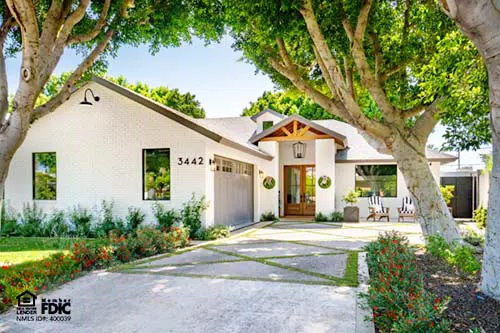A new report recently published by Hometap shows that 53% of millennial homeowners do not know how much equity they have in their homes, and 55% do not know how to calculate it.
The equity created in your home is the difference between what you currently owe on your mortgage loan, less the current market value. So, if you own a home and still owe $57,000, and the market value is $200,000, then you have $143,000 of equity in your home. And as you make payments and the value of your home increases, so does your equity. This is very important to know because there are several reasons you may want to take advantage of the equity in your home. Here are three of them:
- Home improvements or other expenses. A cash-out refinance replaces your current mortgage with a new one for a higher loan amount that includes the original loan balance and an additional portion towards closing costs, if applicable, and cash to you. You use the equity you’ve built up with your house to go towards other things you need, like home improvements, consolidating debts, or student loans.
- Remove Private Mortgage Insurance (PMI). If you used a conventional loan to purchase your home and put down less than 20%, you are probably paying private mortgage insurance. Once your equity reaches 20%, you can request your PMI be canceled from your lender. PMI is automatically canceled at 22% equity.
- Purchase a new home. If your family is growing and it’s time to get a larger home, you can use the equity you’ve built up in your current home to put down a substantial down payment on a new one. And your new mortgage payments may be lower. Here’s a calculator that can help you determine how a larger down payment will affect mortgage payments.
If you have questions about home equity or would like to speak to a mortgage professional, give the experts at NASB a call at 855-465-0753.
.webp?sfvrsn=c76920c4_2)



